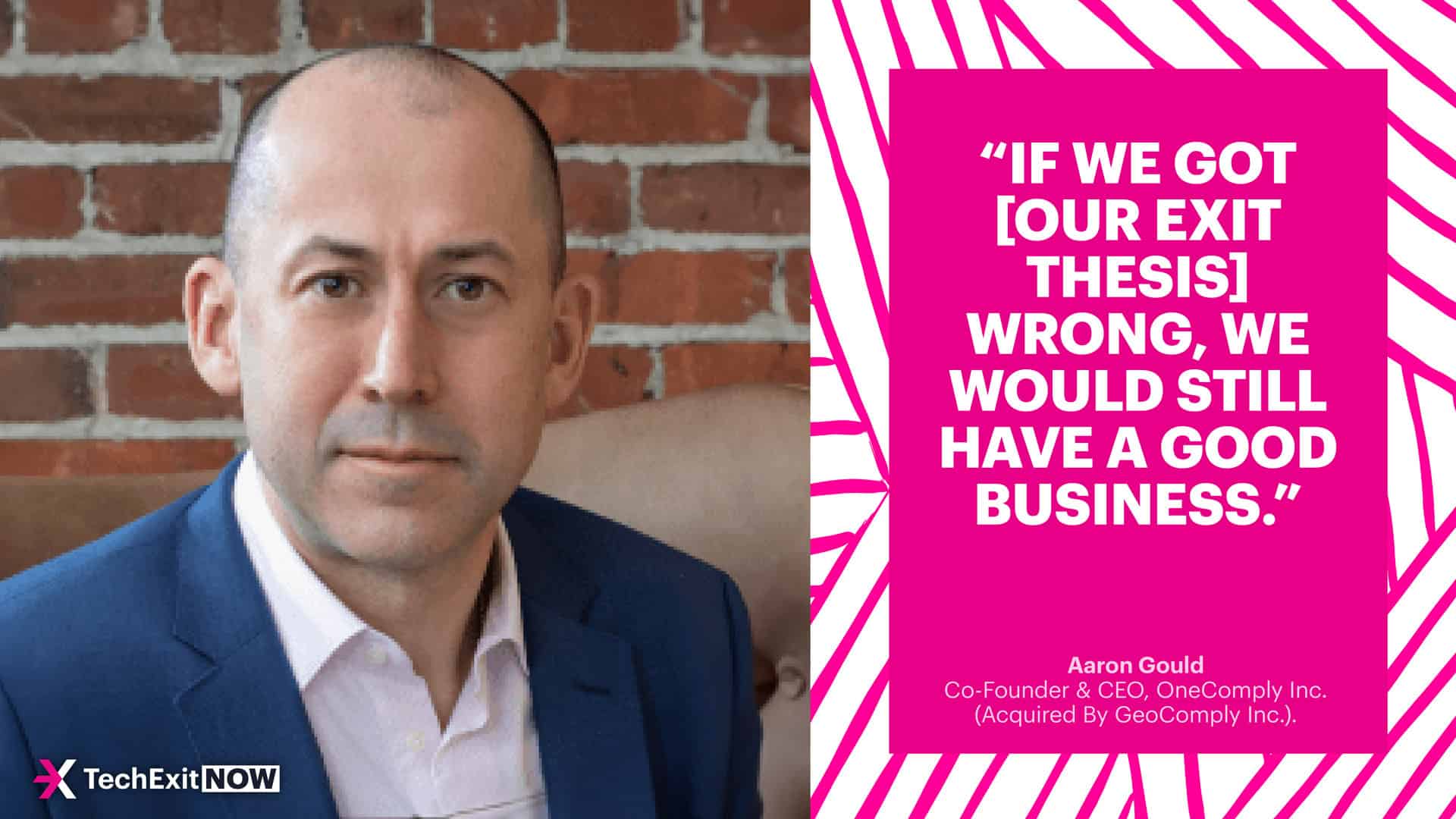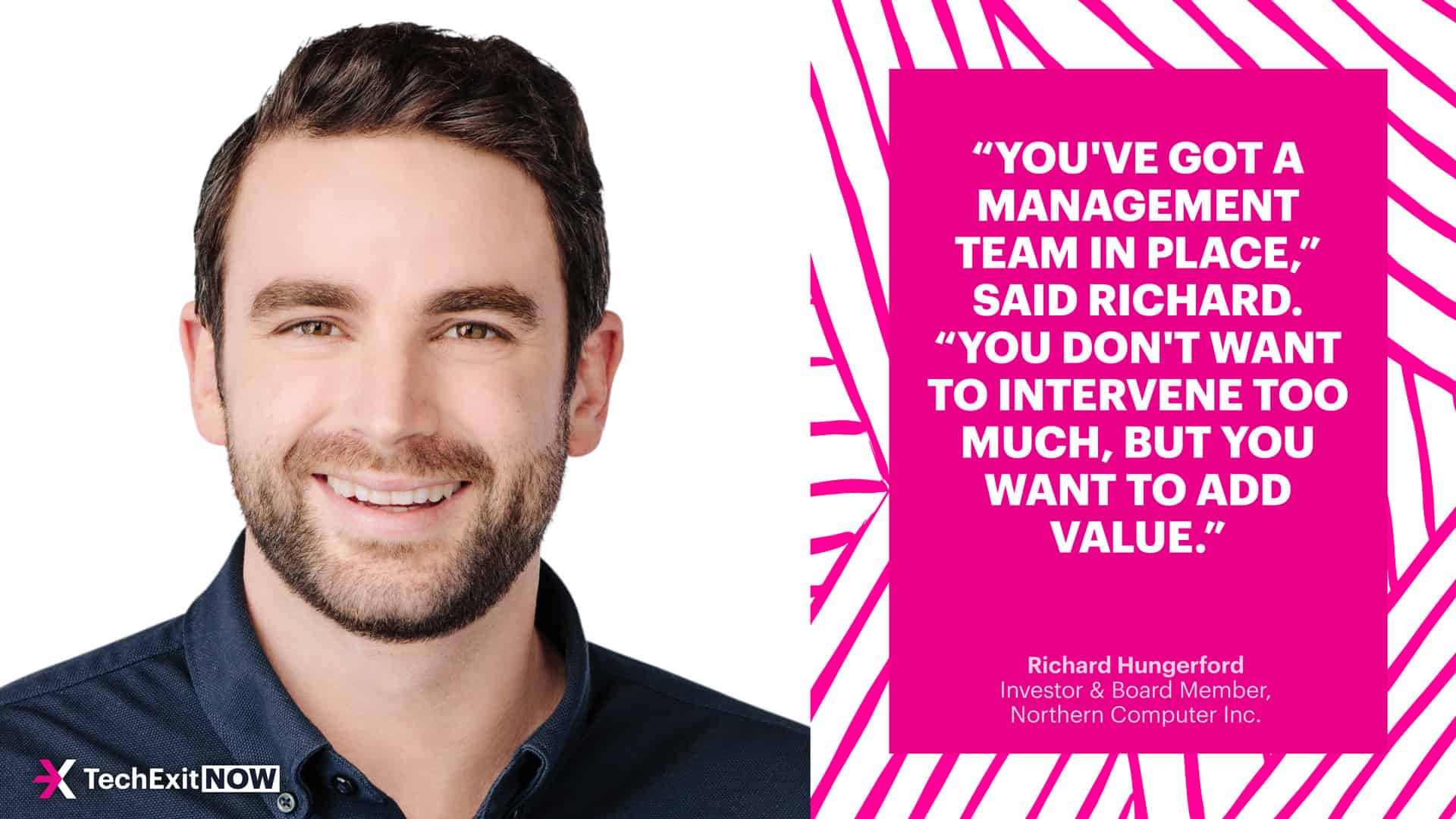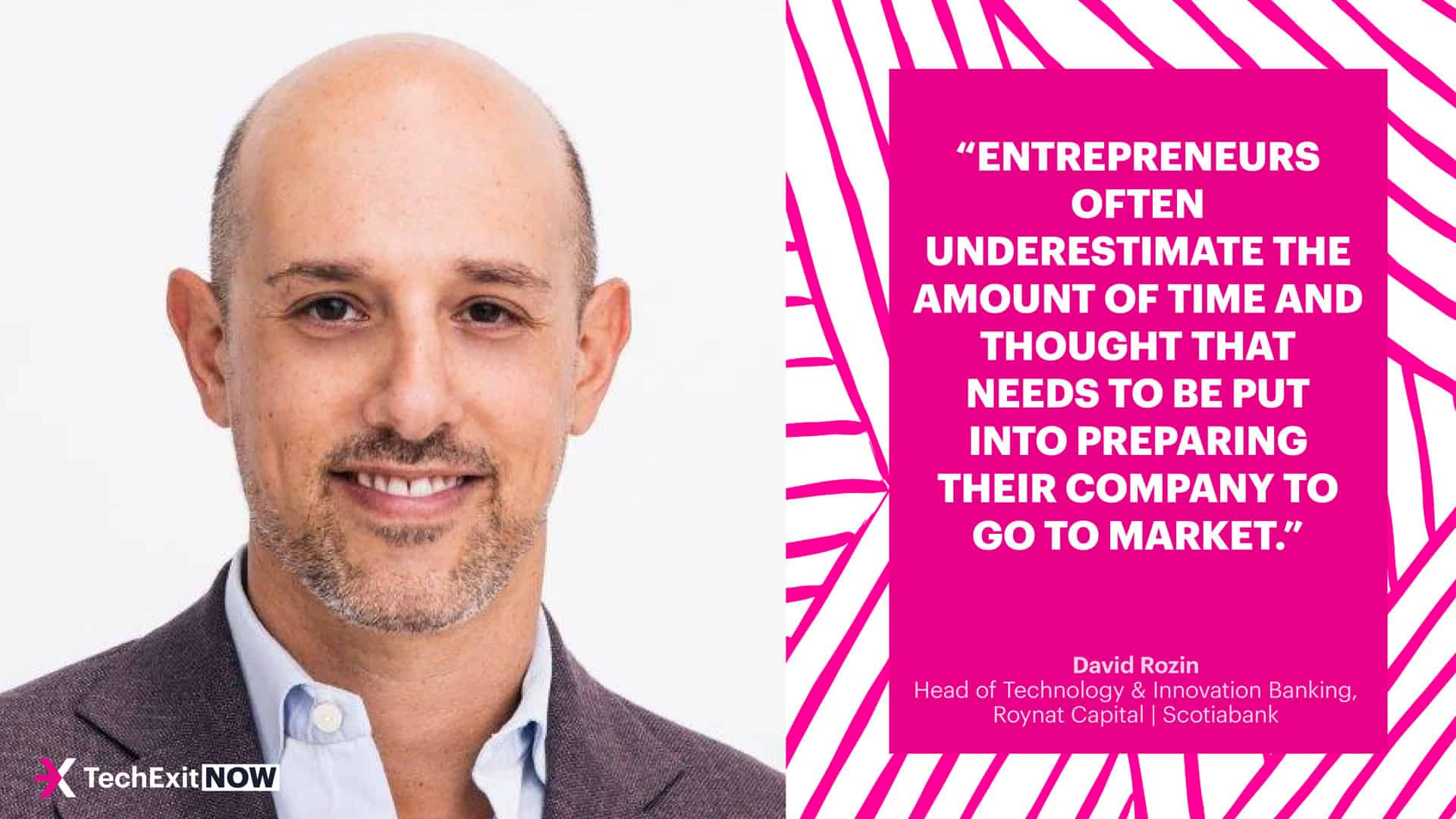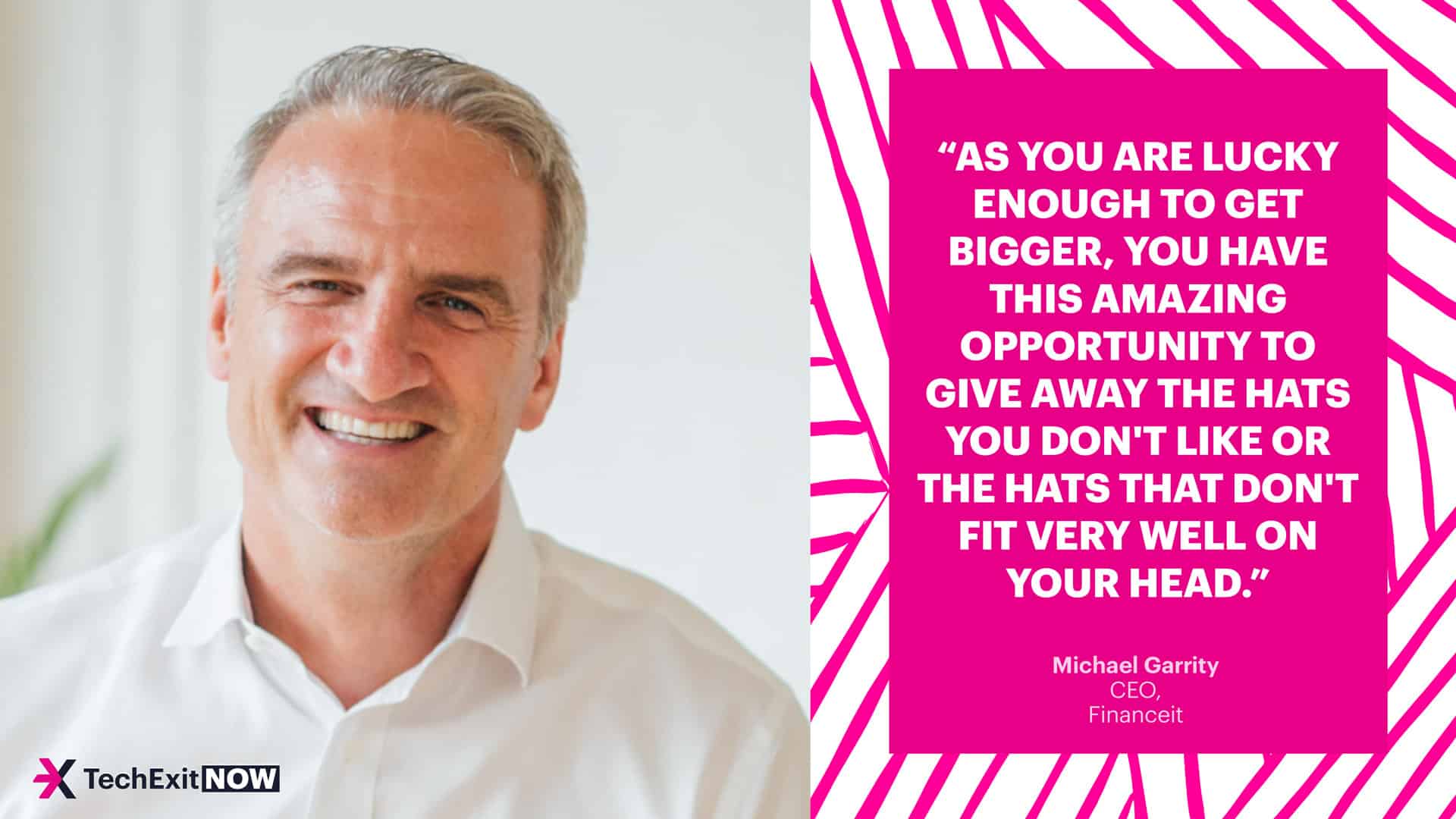How Inkblot Went From A $1.7 Million Seed Round To Being Acquired By GreenShield In A Single Step
Stefan Palios
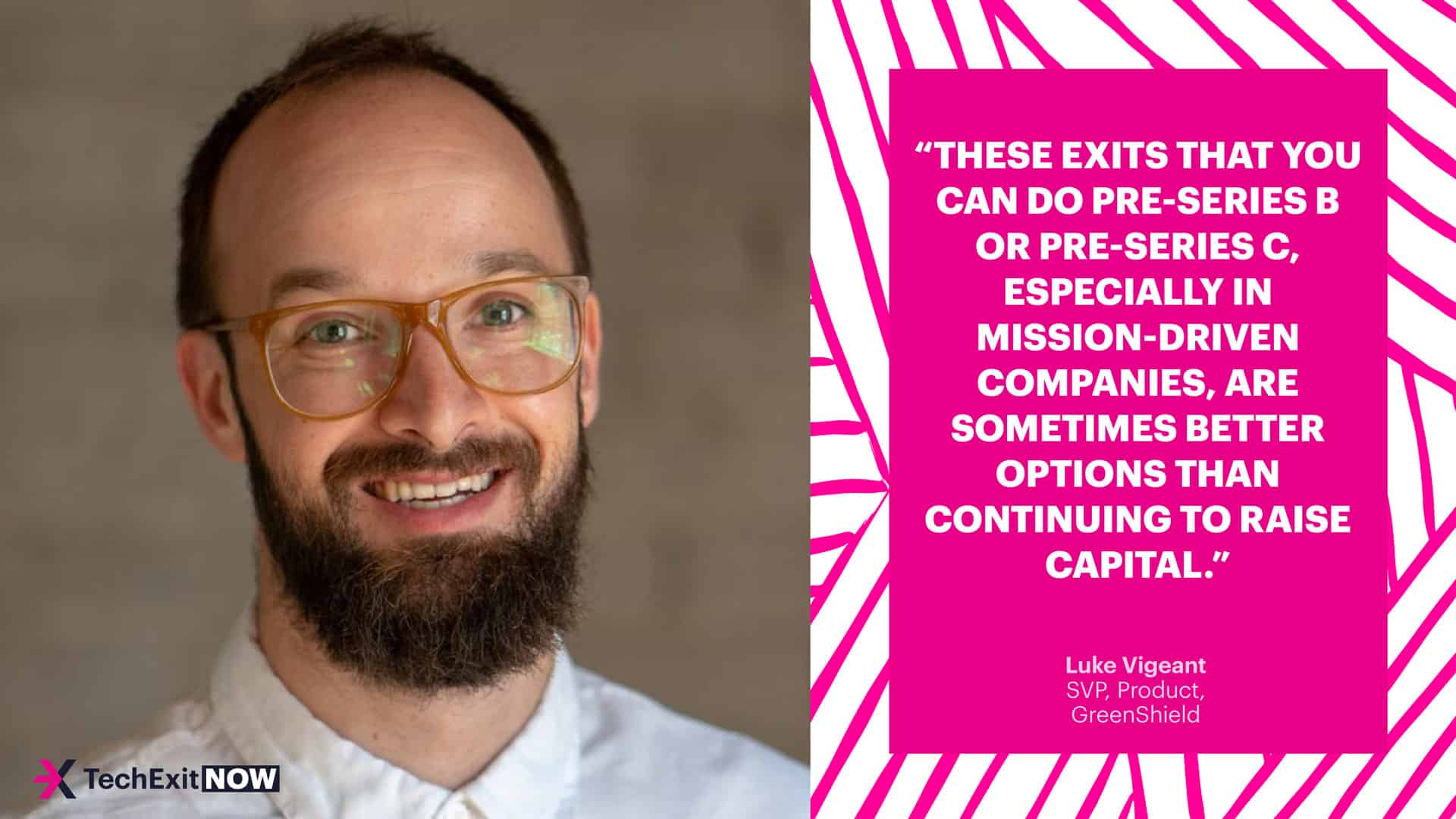
Taking a company from founding to exit is a monumental accomplishment that can financially change your life for the better. But in the end, sticker price is only one of a few important factors that determines a “good” exit for everyone involved—finding the right buyer being key on the list. This is something Luke Vigeant experienced when selling virtual mental health company Inkblot to health and benefits not-for-profit GreenShield. Speaking with TechExit.io, Luke shared more about how he took Inkblot from Seed round to exit in a single step.
Key takeaways:
- Many startups, once they find traction, realize they either need a big cash injection or need to consider an “early” exit.
- If you’re considering an exit before Series B or C, think strategically about what buyer will allow the mission of the company to flourish.
- In all acquisitions, think about sticker price, contingency percentage, and share makeup holistically.
The traditional path for a VC-scale company is to raise a Seed, Series A, and possibly a Series B, C, or D before going public or selling privately for a huge sum. Inkblot, the virtual mental health company that Luke Vigeant founded as a side project, took a different path—the company went from raising a Seed round directly to being acquired by GreenShield.
Speaking with TechExit.io, Luke explained more about why he sold “early” and how he structured the company’s exit for everyone’s maximum benefit.
After traction: Raise or sell
The COVID-19 pandemic changed everything for Inkblot in the best way possible. In 2018 and 2019, the company struggled to get traction as companies were wary of adopting a virtual healthcare model. Then Luke was able to raise a $1.7 million Seed plus extension round in 2020 as the term “novel coronavirus” entered our common vocabulary. When the pandemic really took off and forced everyone into remote work arrangements, demand skyrocketed; Inkblot saw its customer base increase by 25x in a matter of months.
This created a unique challenge for Luke—suddenly, the company’s capital needs were incredibly high. He realized they would either need to raise significant VC capital, partially sell the company, or completely exit. But he was wary of raising VC money given Inkblot’s mission.
“If you look at the venture model, it's sometimes better to pour $100 million on something to try to make it a $1 billion company,” said Luke. “And if it fails, that's fine. It's probably not okay to do that with the largest mental health company in Canada.”
In the end, a buyer came in the form of GreenShield, a not-for-profit health and benefits company, where Luke now serves as SVP of Product.
“Having a not for profit as your parent entity gives you permission to invest as much as you can into improving someone's health as opposed to investing as much as you can to maximize margin at all cost,” said Luke.
Purchasing Inkblot was just step one for GreenShield, said Luke. Since then, GreenShield’s health division has purchased two other mental health companies.
Sticker price isn’t everything
While the terms of the acquisition were not disclosed, Luke acknowledged it was far from the $1 billion exits you might read about in the media.
But sticker price isn’t everything. Luke said founders need to look more holistically at three different factors:
- Sticker price: This is the big number, also called the purchase price. It’s based on multiples of your revenue and the valuation of any assets or IP your company has; founders need to pay attention to this metric, if only for the sake of shareholders.
- Contingency percentage: This is the percentage of the total price paid after purchase, usually tied to performance metrics. A healthy contingency can set up founders to stay motivated—and in some cases, almost function like a “second bite.” However, agreeing to a contingency based on performance is the same as promising you can deliver on that performance; if you can’t, the price is irrelevant.
- Share valuation: For any acquisition deals involving stock, you need to be aware of how the company is valuing themselves and if that model is sustainable long-term. For instance, if you have a company that values themselves at $100 million and gives you five percent in shares to acquire your company, you’re worth $5 million on paper from that deal. But if there’s no liquidity and the valuation model was based on risky assumptions, the paper value of your shares could easily plummet.
Every deal has a sticker price, contingency negotiation, and share valuation mechanism; the true underpinning of success, said Luke, is fit across culture, vision, mission, approach to doing business, and possible future product integrations. In short: all the things necessary to make an acquisition a success.
“If you take a very high sticker price, for example, that has 50% contingent and it's oil and water in terms of corporate culture or oil and water in terms of your motivations, then it's not a real purchase price because you're not going to ever hit the contingent point,” said Luke. “With GreenShield we’ve been able to take client offerings and social impact to the next level for Canadians.”
No stigma in a small exit
In structuring the acquisition deal, Luke achieved all his goal outcomes: jobs for his team, a good return for his investors, the ability to continue investing in the mental health platform, and planning his own transition to provide career stability for himself and his family.
Yet looking back on the deal, he acknowledged that many in the Toronto ecosystem might look on him with stigma for exiting “early” or taking a smaller sticker price than he otherwise might have gotten if he had waited until after Series B or C. But his advice to mission-driven founders in a similar position is to realize there’s no shame in doing what’s best for you, your team, your investors, and your mission.
“These exits that you can do pre-Series B or pre-Series C, especially in mission-driven companies, are sometimes better options than continuing to raise capital,” Luke said.
BACK






